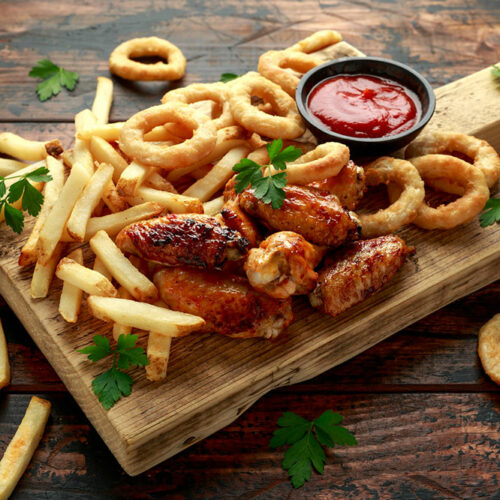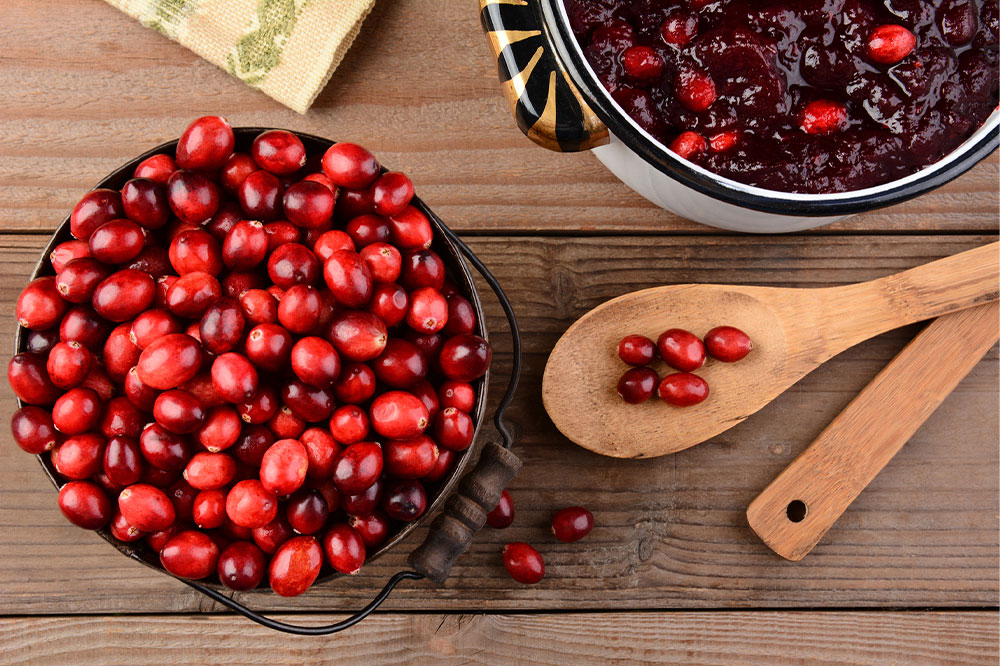5 mistakes to avoid when buying an RV

Recreational vehicles, or RVs, are a popular way to travel comfortably, explore the outdoors, and see the world. However, people frequently tend to make mistakes when buying an RV. This includes not conducting enough research, selecting the incorrect size, kind, or type of RV for their requirements, and failing to consider crucial features or amenities. These errors may result in annoyance, dissatisfaction, and extra costs. Keep reading to learn some common mistakes. Common mistakes when buying an RV It is crucial to educate yourself on the RV purchasing process and stay away from these frequent traps to make a smart purchase. These common mistakes can make your RV purchase experience bad: Not doing sufficient research Not doing sufficient research before purchasing an RV could lead to buying a vehicle that doesn’t meet your requirements or budget. Knowing the various kinds of RVs available, their characteristics, and prices is essential to make an informed decision. Not considering your budget Not considering the budget before purchasing an RV can lead to excessive spending and financial strain. Since RVs come at various prices, budget planning before buying an RV is important. Without it, you could purchase an RV that exceeds your budget, creating further financial issues.






